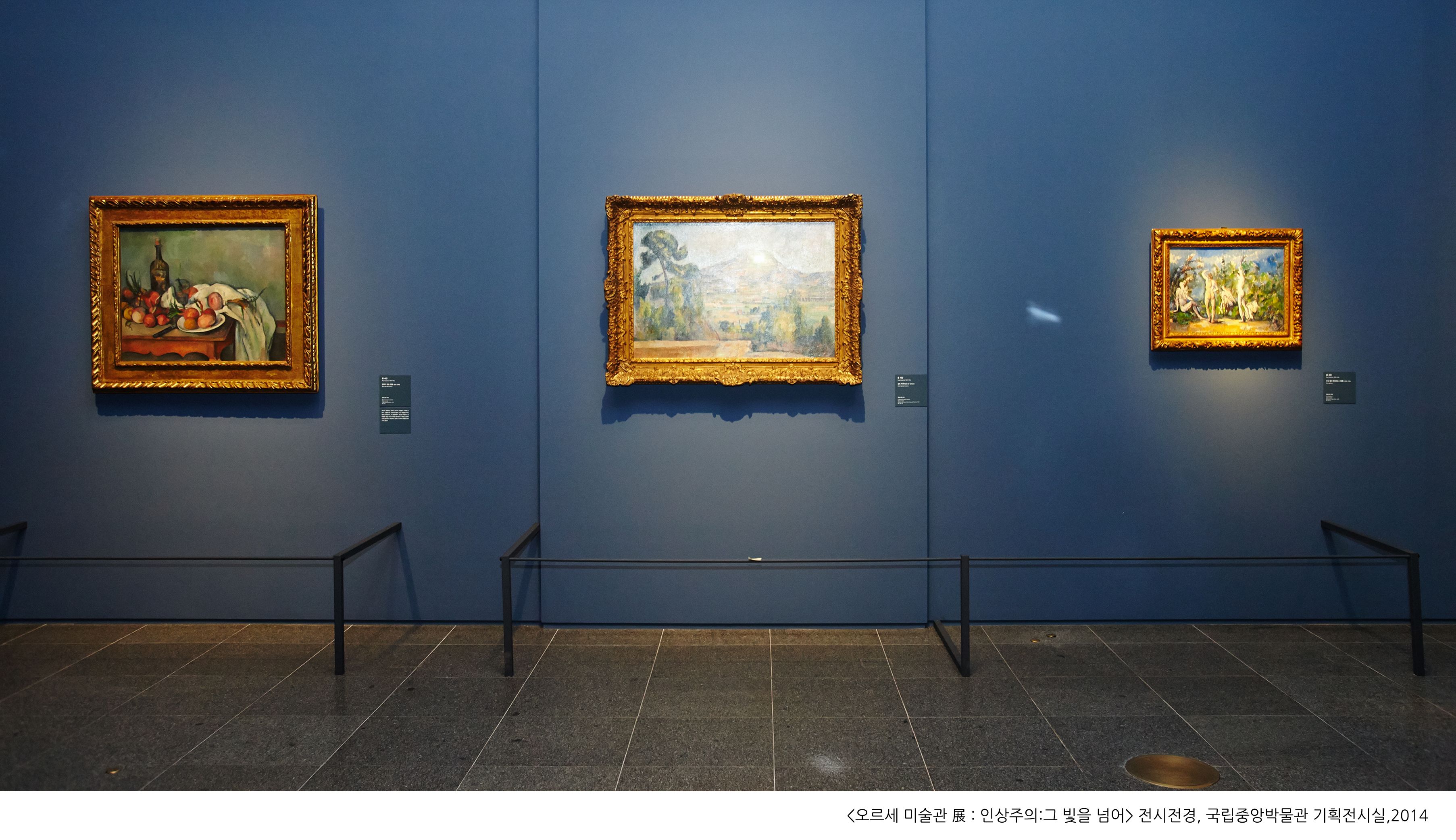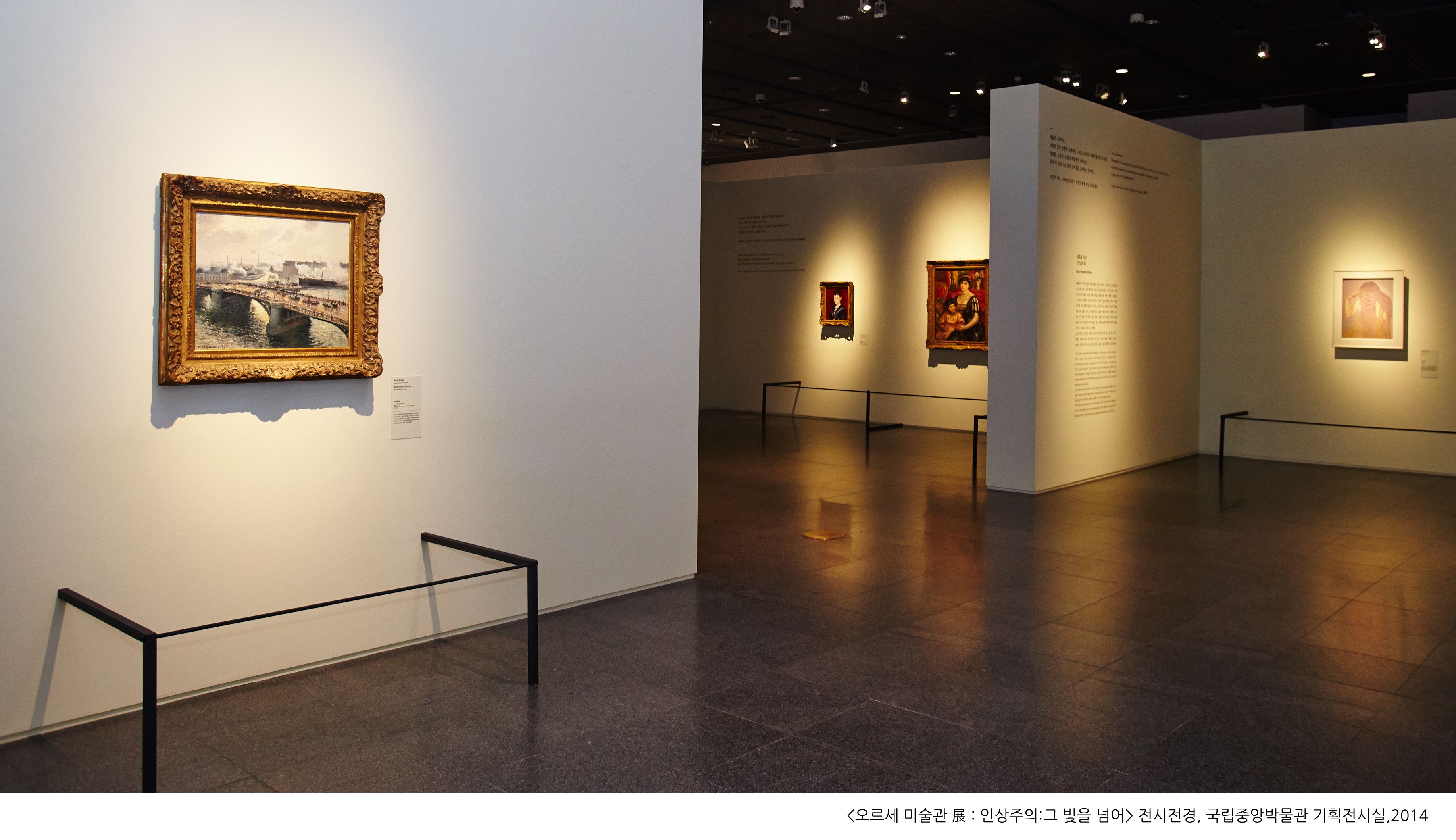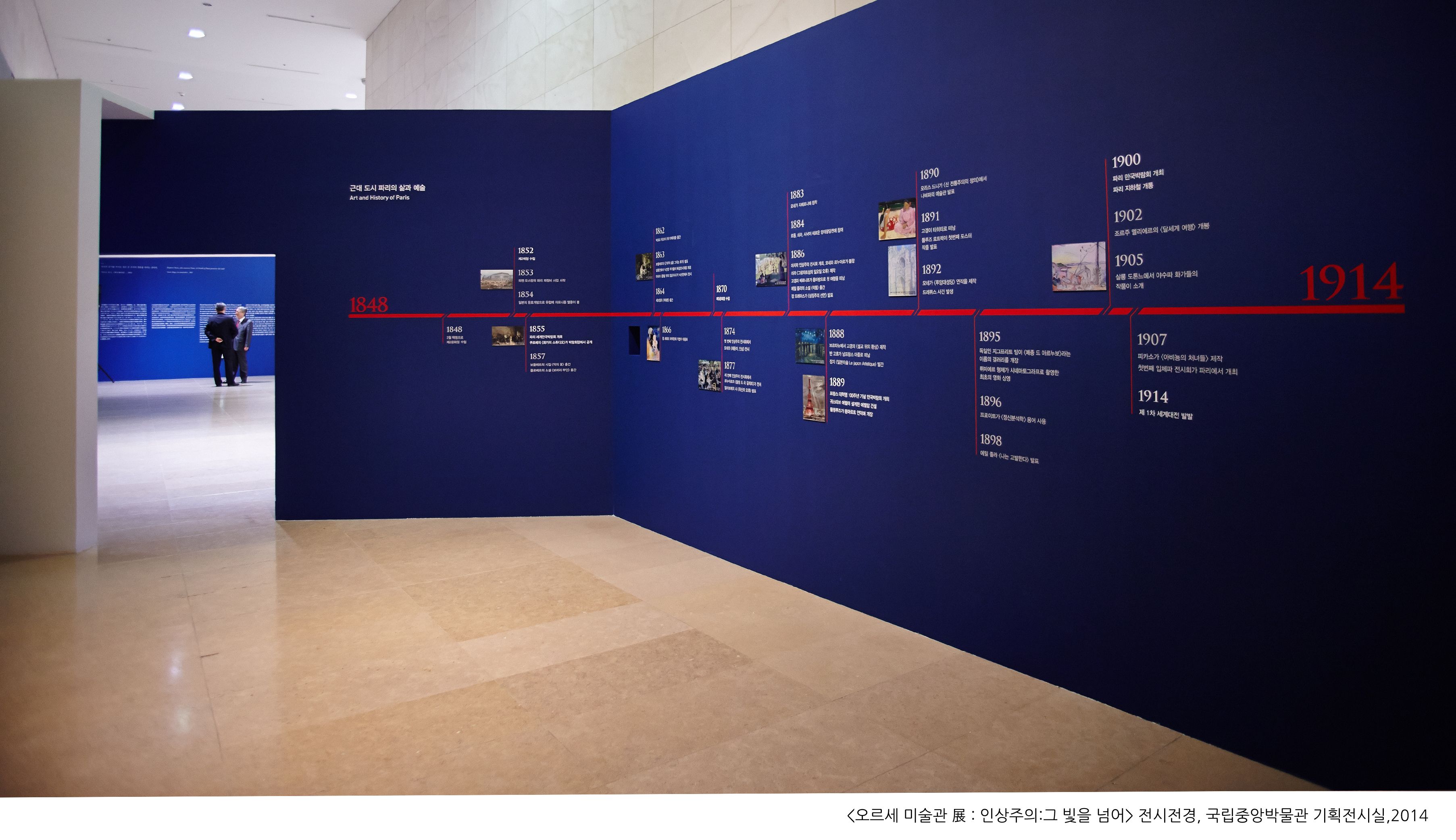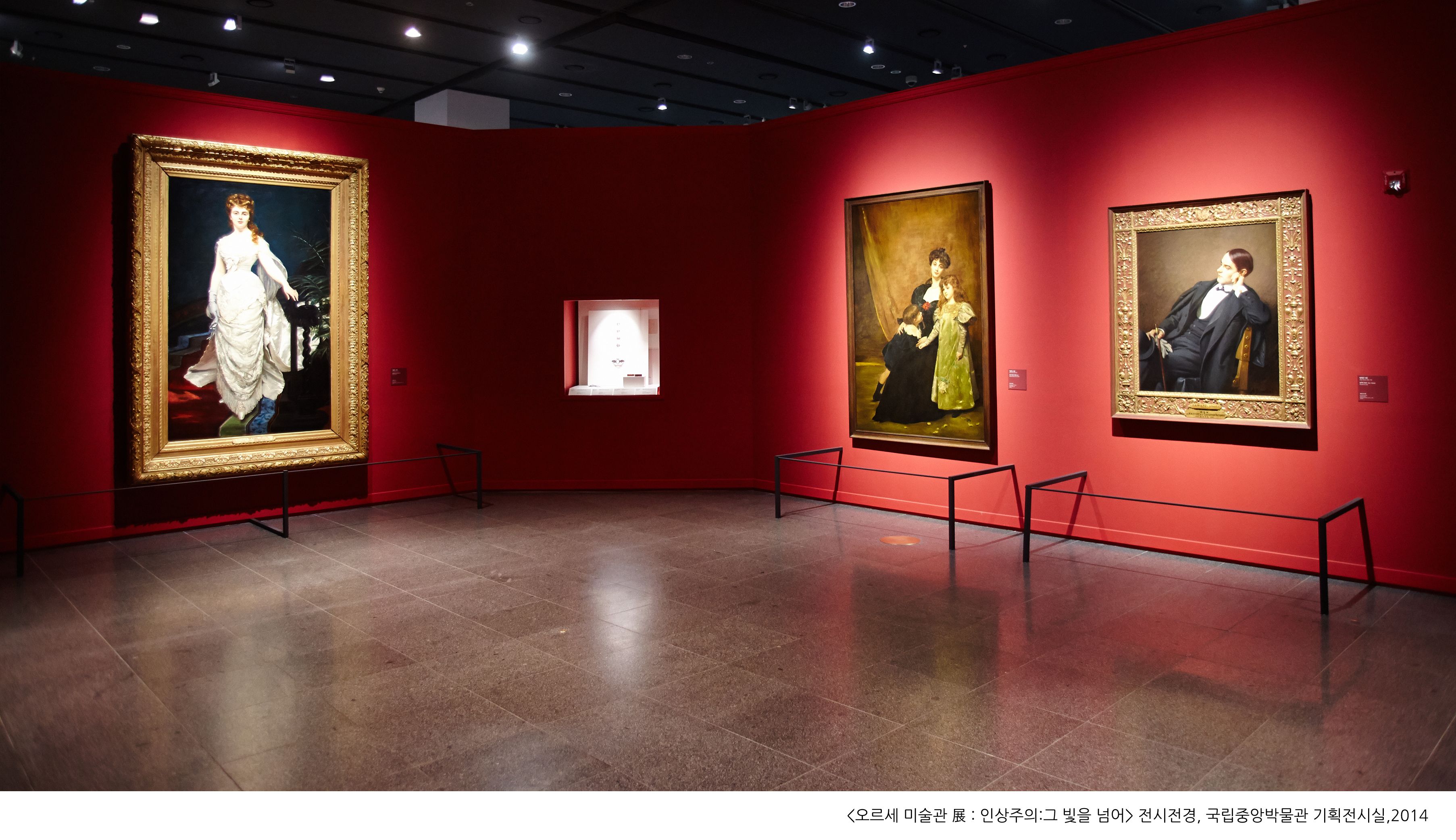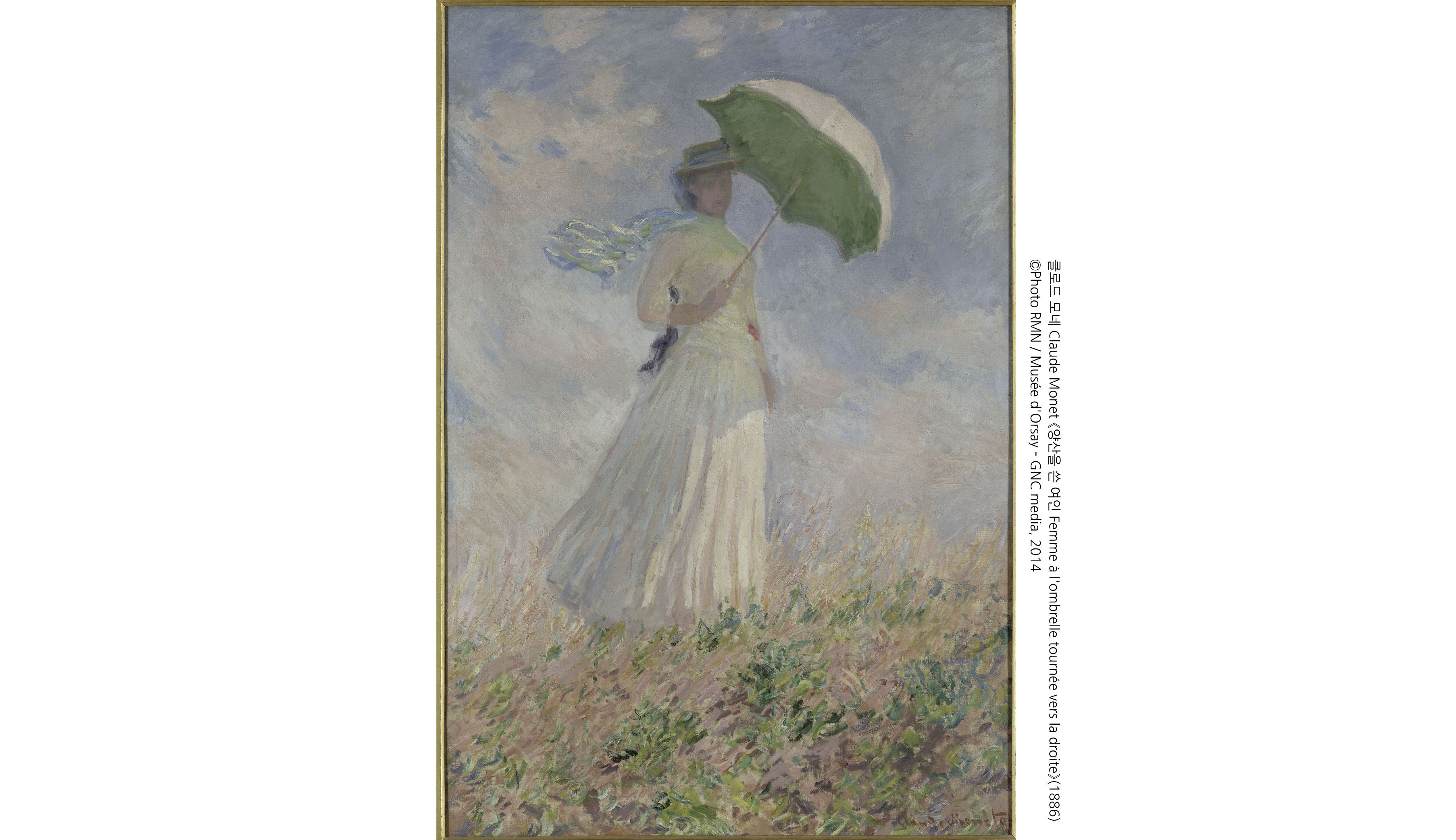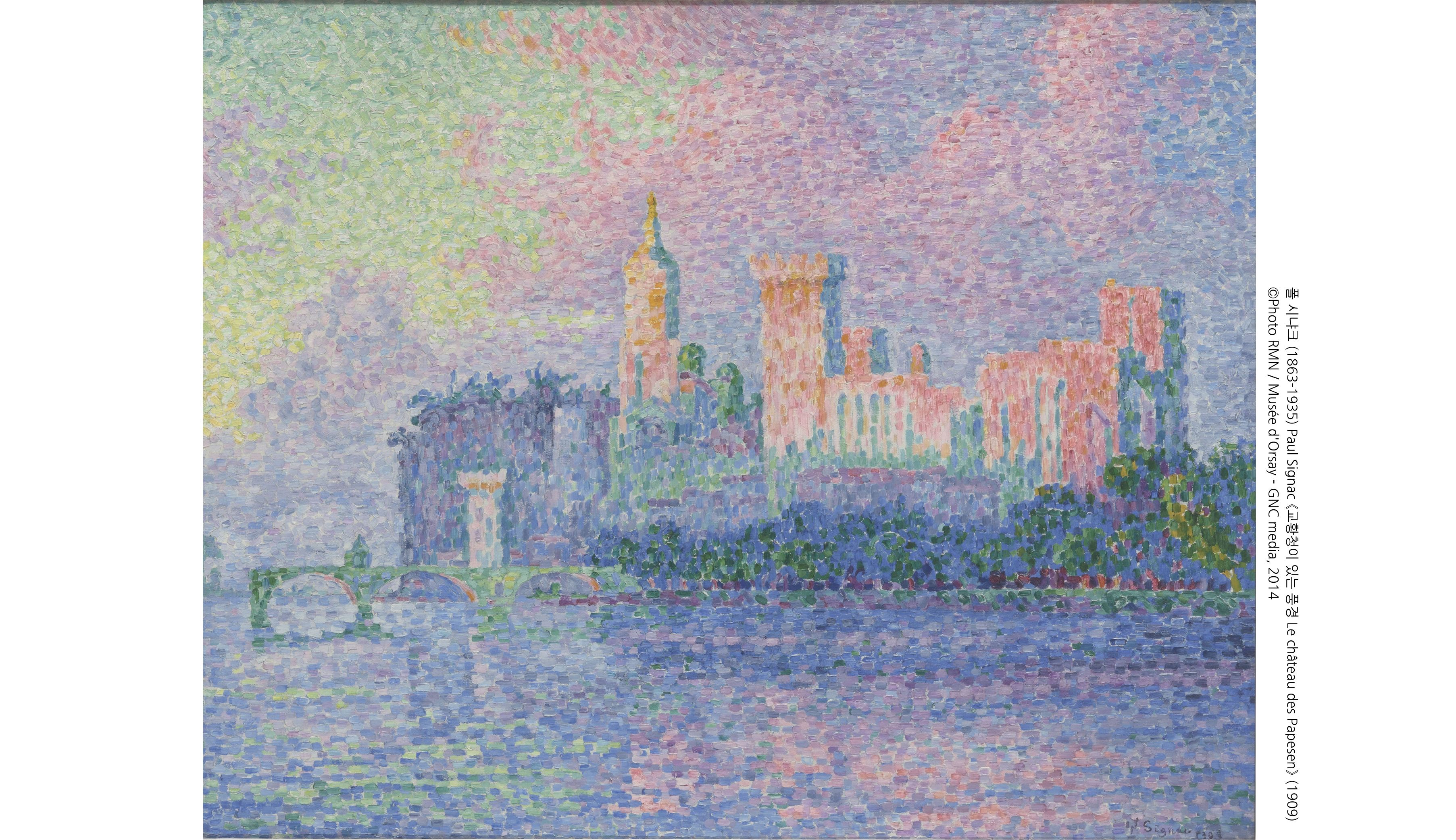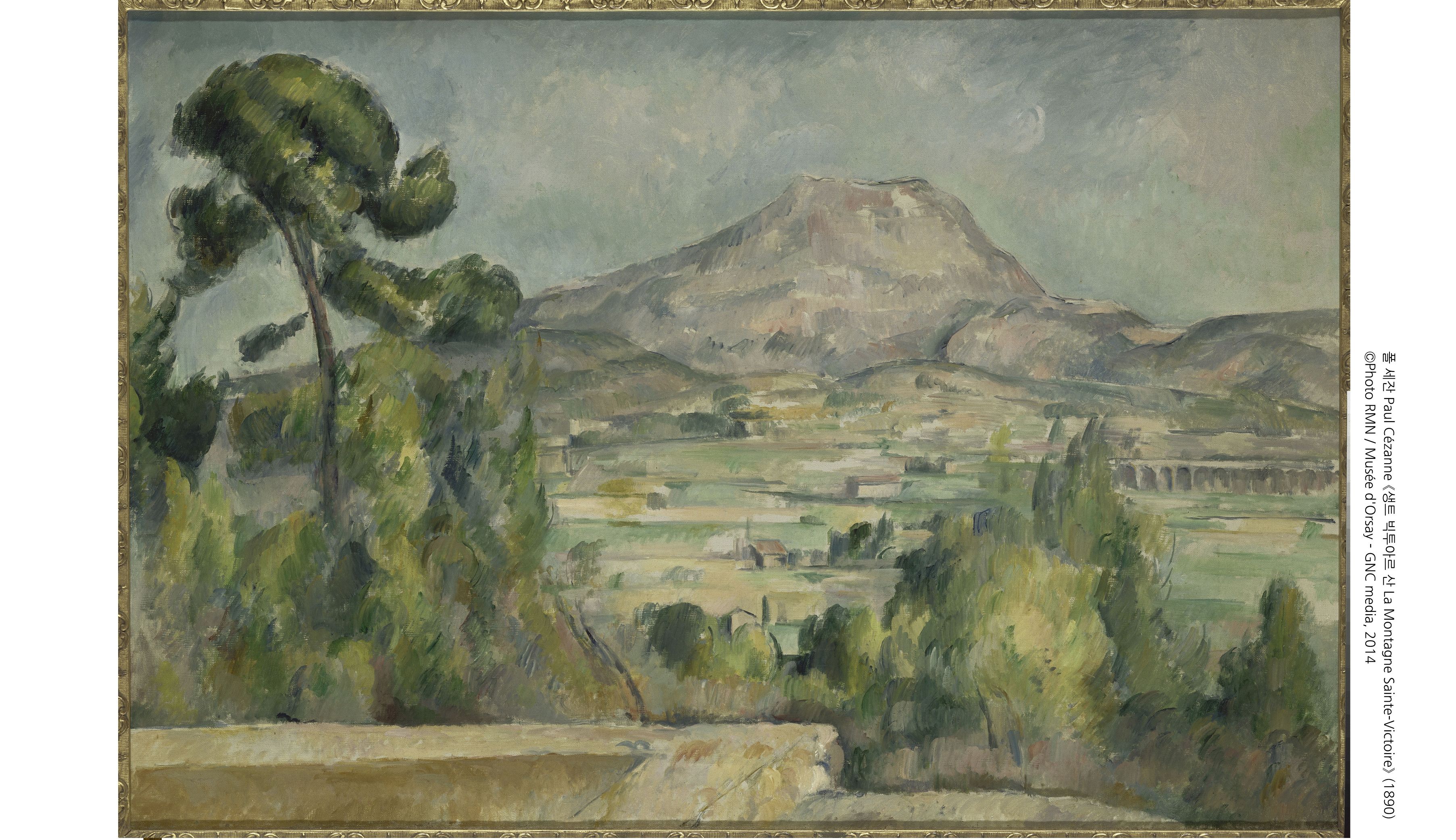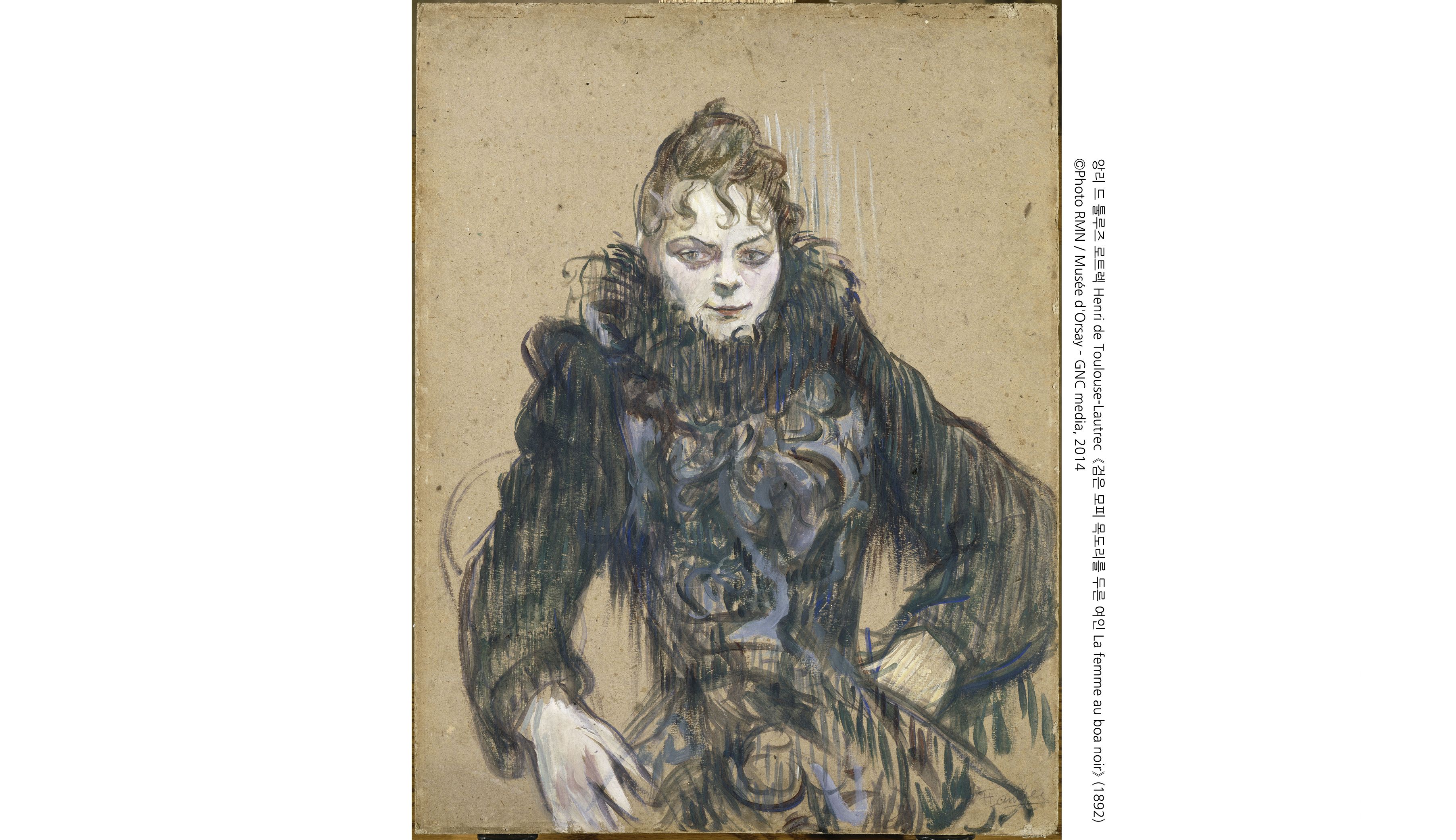Life and Art in the modern city of Paris
The modern city of Paris, the capital city of contemporary art
The Musée d'Orsay exhibition sheds light on Paris culture, the capital of contemporary art, and the lives of the artists who led a new era after Impressionism. In the 19th century, Paris started to grow as a modern city and has finally set as the 'capital city of the century'. Impressionism, which seized the city life with bright and vivid colours, took the structure of nature, primitive life, and the world of unconsciousness and dreams as an essential artistic vision, starting in 1886.
This special exhibition, held at the National Museum of Korea, shows the urban culture of Paris, which had been the centre of art in the 19th century, along with the changes it brought in art history after Impressionism. With175 works of art, including paintings, sculptures, photos, drawings, and crafts, it is the largest ever Orsay Museum collection that will be on display in Korea.
Exhibition Content
Section 1. Paris, Modern City
Since 1852, roads, parks, public buildings, and cultural facilities were newly established through urban renewal projects in Paris. Parisians enjoyed leisure and relaxation, savouring the bright and lively modern city life.
Section 2. The Crisis of Impressionism
Impressionist art, which portrayed everyday scenes of the modern city of Paris with pure colours and vibrant light, began to change after 1880 and resulted in various flows.
Section 3. Neo-Impressionism
Neo-Impressionism, which appeared in 1886, uses colours and perceives objects variously according to scientific optical theory.
Section 4. Gauguin and Pont-Aven
Gauguin fantasised about primitive life, settled in Pont-Aven and developed a style called 'synthetism'. Gauguin and the painters of Pont-Aven express exotic and spiritual subjects with simplified forms and intense colours.
Section 5. Van Gogh and Cezanne
After leaving for Arles, Van Gogh concentrated on his works and left impressive artworks with beautiful scenery. Cézanne also settles in Aix-en-Provence and creates masterpieces that portray the essential form of nature and objects.Section 6. Paris, La Belle Epoque
At the end of the 19th century in Paris, the social activities of the wealthy upper classes were active. Fashion and ornaments of that time were expressed in the portraits modelled on them, and the social status and aspects of intellectuals were revealed. And more, the portraits represent various figures such as dancers, singers and actors speaking of La Belle Epoque and the glorious life of Paris.Section 7. Eiffel, Tower of Modernity
The Eiffel Tower, built to commemorate the 100th anniversary of the French Revolution, was a source of new artistic inspiration at the time. Artists captured the abstract beauty of the geometric form of the steel structure and the lyrical mood of the Eiffel Tower as a symbol of Paris in their works.Section 8. Life on Street
At the end of the 19th century, the streets of Paris were crowded with people trying to enjoy modern city life. Painters such as Theophile Steinlen were inspired by the street scenery and painted ordinary people's simple but busy daily lives hidden in the fancy cityscape.Section 9. Symbolists and Nabis
At the end of the 19th century, painters such as Paul Serugier and Pierre Bonnard called themselves the 'Nabis' and painted flat structured decorative paintings influenced by Gauguin. Under the influence of symbolism, Puvis de Chavannes and Odilon Redon tried to express ideas, illusions, and dreams through their works. Rousseau, who painted the primordial world of nature, which is the opposite of urban civilisation, was praised by Avant-garde artists of the 20th century.
Information
- Dates
-
May 3. 2014 – Aug. 31. 2014
- Closed on every Monday
-
- Hours
-
on Tuesday, Thursday, Friday: 09:00 - 18:00
-
on Wednesday, Saturday: 09:00 - 21:00
- on Sunday and Holidays: 09:00 - 19:00
-
- Location
- Special Exhibition Gallery at National Museum of Korea
-
- National Museum of Korea, Le Musée d'Orsay, GNC Media
- Inquiries
- +82 02 325 1077(8)
- gnc@gncmedia.com
